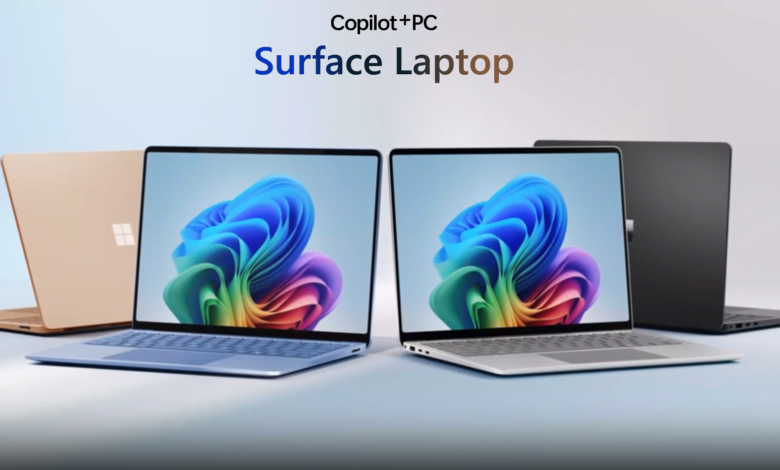Surface Laptop Copilot+: Unleashing AI Magic for Productivity and Creativity!
The Evolution of ARM-Based Processors in Windows Devices

The world of computing is constantly changing, and one technology is at the forefront: ARM processors. Once limited to smartphones and small devices, ARM chips are now making a big impact on Windows machines, like Microsoft’s Surface lineup. This article dives into the rise of ARM processors, how they’re affecting Surface devices, and what they might mean for the future of computing.
A Brief History of ARM Processors
The story begins in 1983 when Acorn Computers Ltd in England launched the Acorn RISC Management project. Inspired by the Berkeley RISC project led by David Patterson, Acorn set out to design its own processor. The term “RISC” (Reduced Instruction Set Computer) was coined during this era, emphasizing simplicity, efficiency, and performance.
Fast forward to 2012, the same year Windows RT launched on the first Surface device. Around this time, Arm introduced a groundbreaking concept: creating CPUs that could dynamically switch between high-power cores and energy-efficient cores. These versatile multicore CPUs combined the best of both worlds, allowing devices to handle everyday tasks efficiently while ramping up performance for demanding workloads.
ARM in the Windows Framework
Microsoft recognized the potential of ARM processors and integrated them into the Windows ecosystem. Here’s how ARM has evolved within the Windows framework:
- Emulation: With Windows 11, both x64 and x86 applications can run in emulation mode on ARM-based devices. This compatibility bridges the gap between legacy software and the new architecture.
- Modern Management: ARM devices are designed for modern users who rely on streamlined workflows. Deployments powered by Autopilot ensure seamless IT management, making these devices ideal for businesses and individuals alike.
- Native ARM App Support: Over the last two years, the number of apps supported natively on ARM has grown significantly. Popular applications like Adobe Photoshop, Adobe Lightroom, VLC, and Netflix now run smoothly on ARM-based Windows devices.
Surface Laptop Copilot+
The Surface Laptop Copilot+ is a remarkable addition to the Surface lineup, designed to deliver exceptional performance, all-day battery life, and cutting-edge AI experiences. Here are the key specs and features:
- Processor: The Copilot+ PCs debut with Snapdragon X Elite and Snapdragon X Plus processors. These chips provide optimal processing and response times, making them faster than the latest MacBook Air. Microsoft has worked closely with developers to optimize applications for this processor, ensuring that popular software like Adobe Creative Cloud, Microsoft 365, and Chrome run smoothly on the new Surface devices.
- Neural Processing Units (NPUs): Copilot+ PCs boast the most powerful NPUs in the PC category, with over 45 trillion operations per second (TOPS). These NPUs enable exciting AI experiences:
- Recall: Find what you’ve seen on your PC using natural language search or by scrolling back through time. All data is stored locally, ensuring privacy and control.
- Cocreator in Paint: Use ink strokes and words to describe the image you want to create, with AI assisting you in refining your ideas.
- Live Captions: Turn audio passing through your PC into consistent English captions in real time, now with live translation.
- Battery Life: The Surface Laptop Copilot+ offers the longest battery life on any Surface device:
- Up to 22 hours on the 15-inch model.
- Up to 20 hours on the 13.8-inch model.
- Ports and Connectivity: Copilot+ PCs come with a variety of ports, including USB-C and lightning-fast Wi-Fi 7.
- Design: The Surface Laptop Copilot+ features a sleek design, emphasizing the intersection of software and hardware innovation.
The Copilot+ impresses with its AI capabilities, powerful NPUs, and extended battery life.
ARM-based processors have come a long way,from powering garage door openers to revolutionizing personal computing and datacenters. As we celebrate the 30th anniversary of ARM, we eagerly anticipate more innovations and breakthroughs in the years to come!





